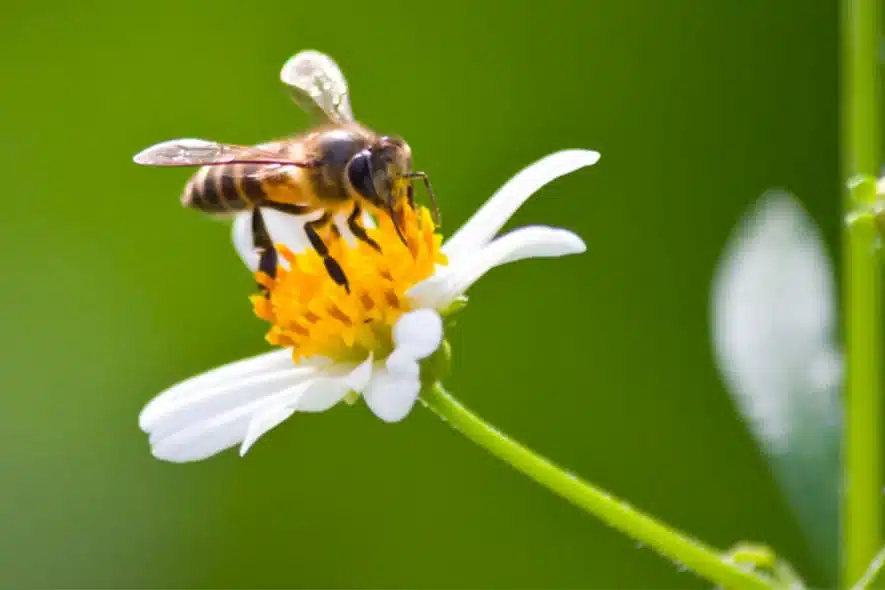Whether you are trying to enhance your yard, cultivate a business property, or expand a community garden, planting a pollinator garden is a great way to preserve the health of local pollinators and enrich the wildlife in your area. Pollinator gardens create landscapes that help keep insects, birds, bats, and all pollinating creatures healthy, and these in turn help sustain local farms, orchards, and food production.
Agriculturalists note that nearly 80% of flowering plants need assistance from pollinators and that mass urbanization and hybridization have led to fewer nectar-rich plants in highly populated areas. However, planting pollinator gardens helps to enrich the area for declining species such as honeybees and monarch butterflies. And while these insects are some of the most well-known pollinators, wasps, beetles, moths, and even flies are also key to a robust pollinating ecosystem. All of these different creatures spread the pollen that bolster our food supply.
Planting a pollinator garden is an easy way to beautify the landscape around you while contributing to a robust ecosystem for local plants and animals. Here are a few suggestions that will help you create an attractive, productive pollinator garden.
Planting and Maintaining a Pollinator Garden
Plant colorful, local flowers that provide nectar and pollen sources. You may want to plant flowers in groups, which augment color and aroma. Pollinators are attracted to color, so a beautiful garden attracts a multitude of important pollinators. More specifically, bees are drawn to yellow, blue and purple flowers. Indigenous plants are both easy to grow and particularly suited to local pollinators. However, you may want to include a few exotic flowers for visual variety and an increase in nectar.
http://www.pollinatorfacts.org/Pollinator/assets/File/garden/pollinator-garden.pdf Plants that bloom at night attract moths and different kinds of pollinators. In addition, a variety of seasonal plants will assure a myriad of different insects and birds. If you are unsure of what kinds of local plants will be the most successful, ask advice from experienced gardeners or your local garden shop.
If you find that you need to use pesticides, use only according to direction. This includes:
–Using the right pesticide for the specific pest, and targeting the area where treatment is necessary.
–Paying close attention to the environmental hazards label to determine precautions that need to be taken.
–Using pesticides only when pollinators are not actively foraging.
–Never spraying blooming plants.
–Trying to avoid drift and runoff. Don’t spray plants while the weather is windy or right before a rainstorm.
If need be, remember to secure all local permits for community gardens.
Finally, situate your garden in a sunny area with breaks from the wind, and make sure that the plants have constant access to water or that you can provide a regular water source for them. Remember that any size can help, so even if you only have space for a small garden, you are helping pollinators thrive and improving your own local environment.
For more information on pollinator gardens, see:


